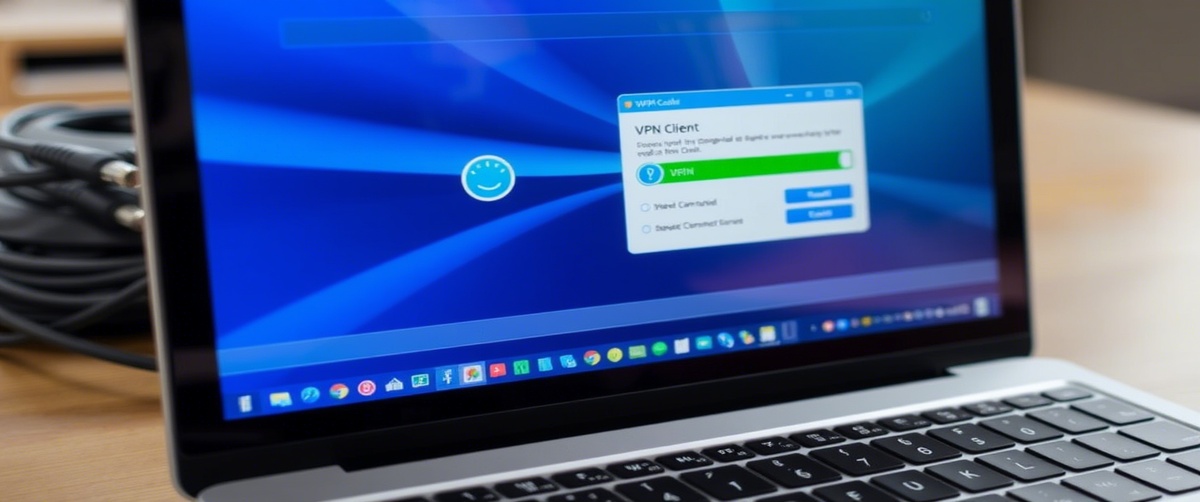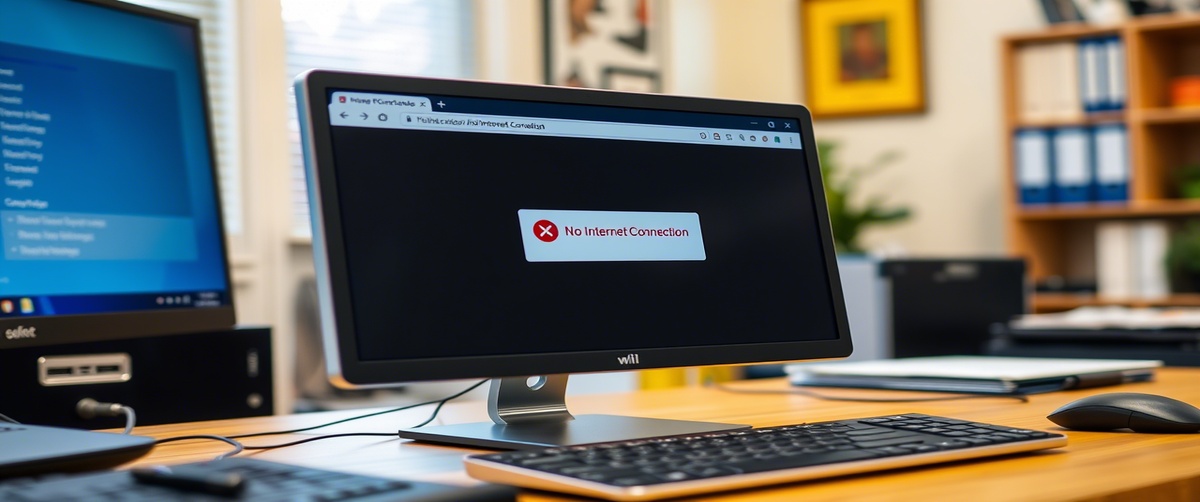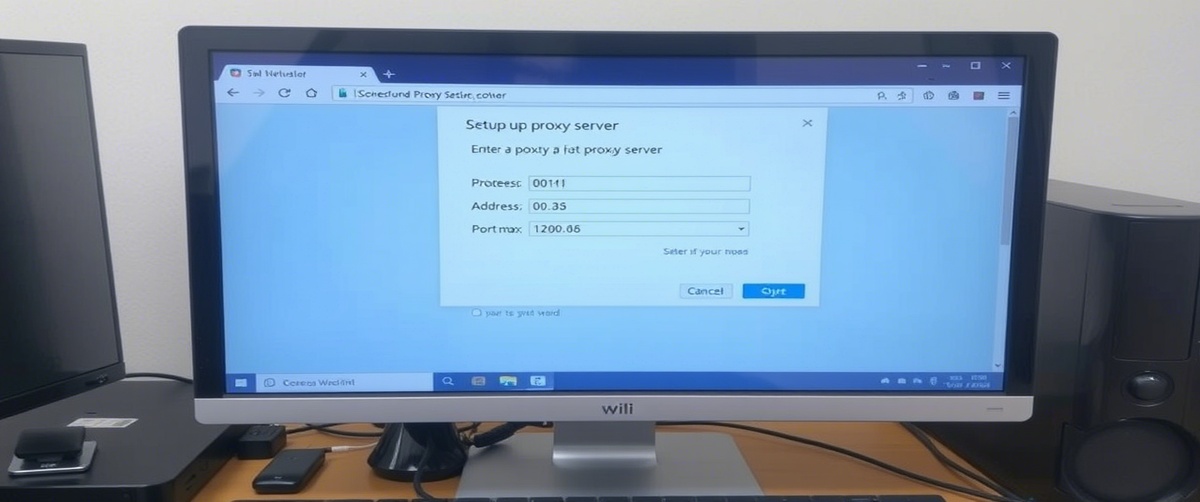Entering your Wi-Fi password only to receive an incorrect network password error can be frustrating. Whether you recently changed your password, forgot it, or are facing a Wi-Fi authentication issue, there are several reasons why this error might occur.
This step-by-step guide will help you troubleshoot and resolve incorrect network password errors, reset your Wi-Fi password, and restore connectivity using your router admin settings.
Common Causes of Incorrect Network Password Errors
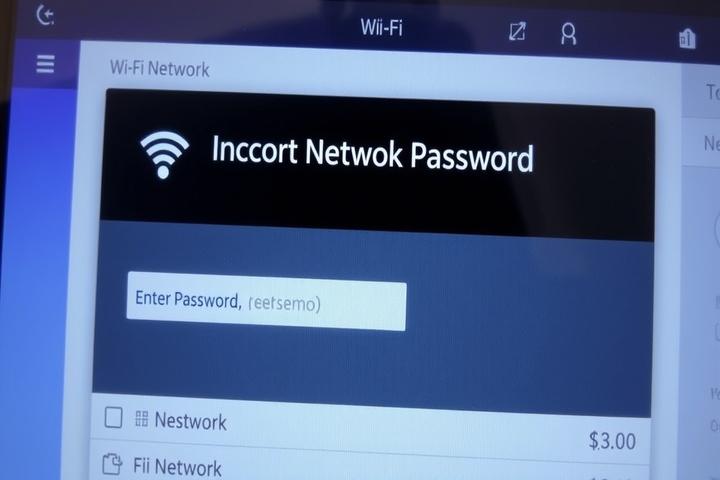
A Wi-Fi password error can occur due to:
- Typing mistakes – Extra spaces, wrong capitalization, or missing characters.
- Recent password change – If the password was updated, devices may try to connect using the old credentials.
- Saved network settings conflict – Cached Wi-Fi credentials can cause connection failures.
- Router configuration changes – A reset or firmware update may have reset the Wi-Fi password.
- Caps Lock or Num Lock enabled – Many passwords are case-sensitive.
Now, let’s go through step-by-step troubleshooting to resolve this issue.
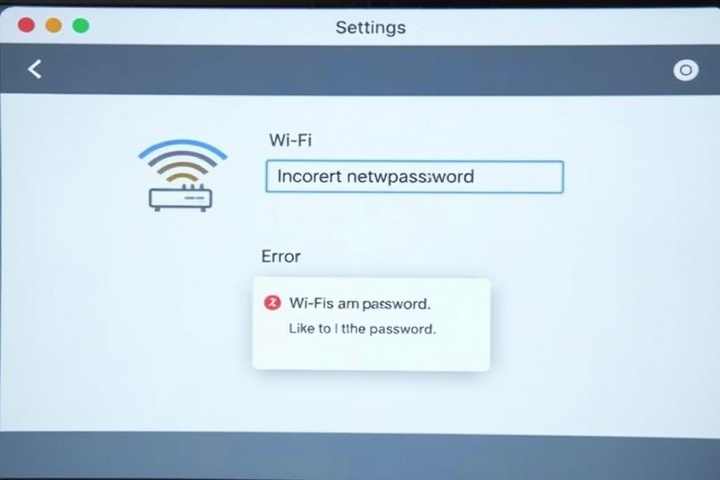
Step 1: Verify and Re-enter the Wi-Fi Password
Before making changes, double-check the password you’re entering:
✅ Ensure proper capitalization – Wi-Fi passwords are case-sensitive.
✅ Avoid unnecessary spaces – Some devices auto-insert spaces at the end.
✅ Confirm special characters – If your password contains symbols, ensure they are typed correctly.
If you’re still getting the incorrect network password error, move to Step 2.
Step 2: Forget and Reconnect to the Wi-Fi Network
Cached credentials may be preventing a proper connection. Forgetting and reconnecting can fix this.
For Windows:
- Open Settings > Network > Internet > Wi-Fi.
- Click Manage Known Networks.
- Select your Wi-Fi network and click Forget.
- Reconnect and enter the correct password.
For Mac:
- Open System Preferences > Network > Wi-Fi.
- Click Advanced and find your Wi-Fi network.
- Select it and click Remove (-).
- Reconnect using the correct password.
For Android & iPhone:
- Open Wi-Fi settings and tap on the connected network.
- Tap Forget This Network.
- Reconnect and enter the correct password.
If the issue persists, proceed to Step 3.
Step 3: Check the Router’s Wi-Fi Password
If you’re unsure of the correct Wi-Fi password, check your router admin settings.
How to Find Your Wi-Fi Password in the Router:
- Log in to your router’s admin panel (192.168.1.1 or 192.168.0.1).
- Enter your router admin username and password (usually found on the router’s label).
- Navigate to Wireless Settings > Wi-Fi Security.
- Look for the Wi-Fi password (WPA/WPA2 key).
- If necessary, reset or update the password.
Use this password to reconnect your device. If it still doesn’t work, move to Step 4.
Step 4: Restart Your Router and Device
A simple restart can resolve Wi-Fi authentication errors.
- Turn off your router and modem.
- Unplug them for 30 seconds.
- Restart your phone, laptop, or other devices.
- Turn the router back on and try reconnecting.
If the problem persists, continue to Step 5.
Step 5: Check If Your Device Is Blocked in the Router
Some routers have security settings that block unknown devices, preventing them from connecting.
How to Check Device Access in Router Settings:
- Log in to your router admin panel.
- Navigate to Wireless Settings > MAC Filtering or Access Control.
- Check if your device’s MAC address is blocked or blacklisted.
- If blocked, remove it and save changes.
If your device was blocked, it should now be able to connect. If not, proceed to Step 6.
Step 6: Reset or Change Your Wi-Fi Password
If you can’t remember your Wi-Fi password, you can reset it in the router admin panel.
How to Reset Wi-Fi Password in Router Settings:
- Log in to your router admin panel (192.168.1.1 or 192.168.0.1).
- Go to Wireless Settings > Security.
- Set a new Wi-Fi password (use a strong but memorable one).
- Click Save and restart the router.
- Try connecting with the new password.
If you still see the incorrect network password error, move to Step 7.
Step 7: Update Network Drivers (Windows & Mac)
Outdated network drivers may cause Wi-Fi authentication issues.
For Windows:
- Open Device Manager (Win X > Device Manager).
- Expand Network Adapters.
- Right-click your Wi-Fi adapter and select Update Driver.
- Restart your computer and try reconnecting.
For Mac:
- Open System Preferences > Software Update.
- Install any available updates.
- Restart your Mac.
If the password error persists, proceed to Step 8.
Step 8: Reset Network Settings on Your Device
If network settings are misconfigured, resetting them can help.
For Windows:
- Open Command Prompt as Administrator (Win R, type cmd, press Enter).
Type the following commands and press Enter after each:
perl
CopyEdit
netsh winsock reset
netsh int ip reset
ipconfig /flushdns
- Restart your computer.
For Mac:
Open Terminal and type:
nginx
CopyEdit
sudo ifconfig en0 down
sudo ifconfig en0 up
- Restart your Mac and reconnect.
For Android & iPhone:
- Go to Settings > General > Reset.
- Tap Reset Network Settings.
- Reconnect to Wi-Fi with the correct password.
If you still get an incorrect password error, proceed to Step 9.
Step 9: Factory Reset the Router (Last Resort)
If all else fails, resetting the router to factory settings will restore default Wi-Fi credentials.
How to Factory Reset Your Router:
- Locate the reset button (usually at the back of the router).
- Press and hold it for 10-15 seconds using a paperclip.
- Release and wait for the router to reboot.
- Log in to router settings and set up a new Wi-Fi password.
Once reset, reconnect your devices using the new credentials.
Get Expert IT Support for Wi-Fi and Password Issues

If you’re still facing incorrect network password, Wi-Fi authentication issues, or password recovery problems, expert help is available. TechNow offers IT Support Services in Germany, specializing in Wi-Fi troubleshooting, router admin access, and password recovery. Contact us today for expert solutions!

